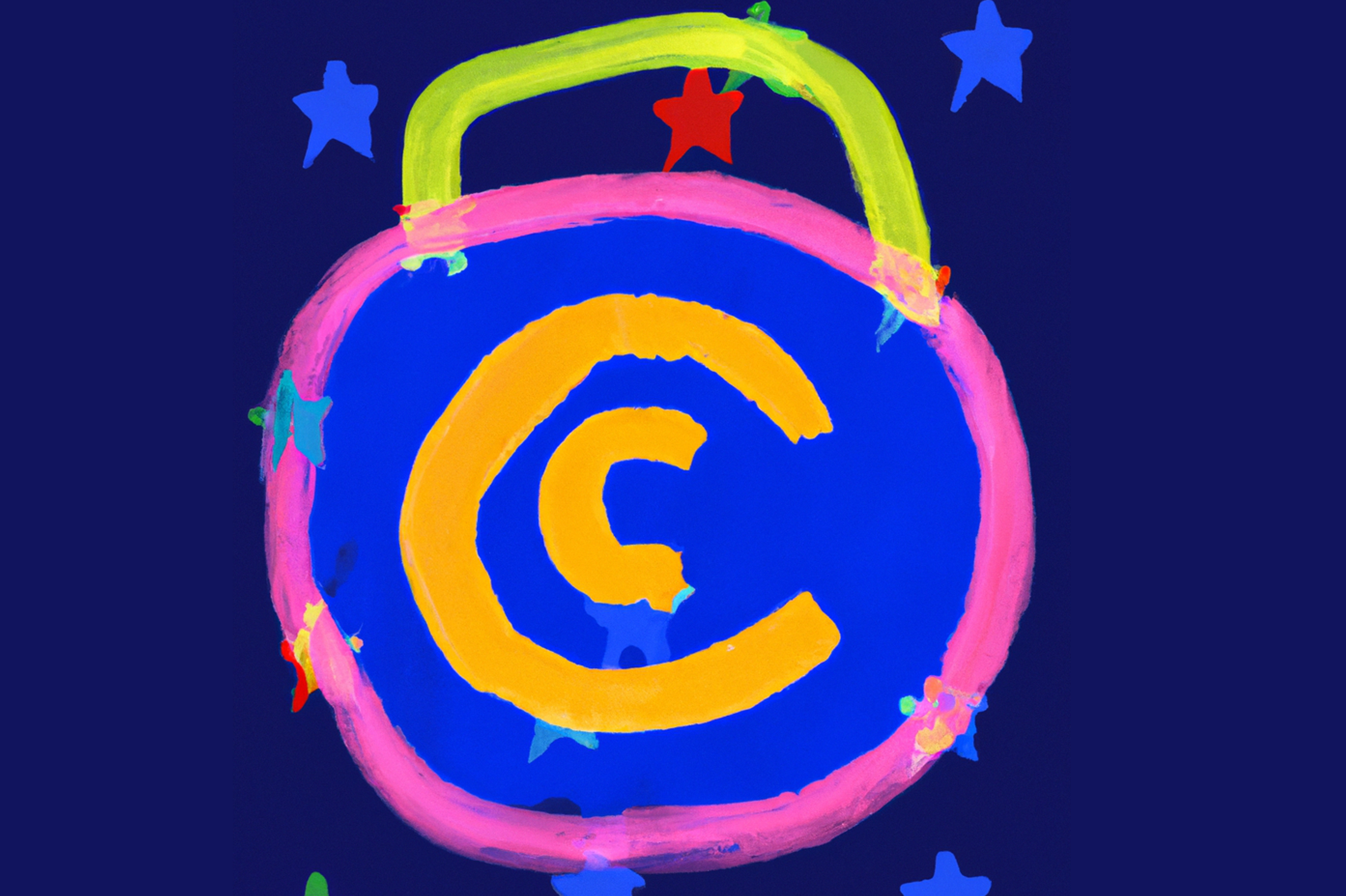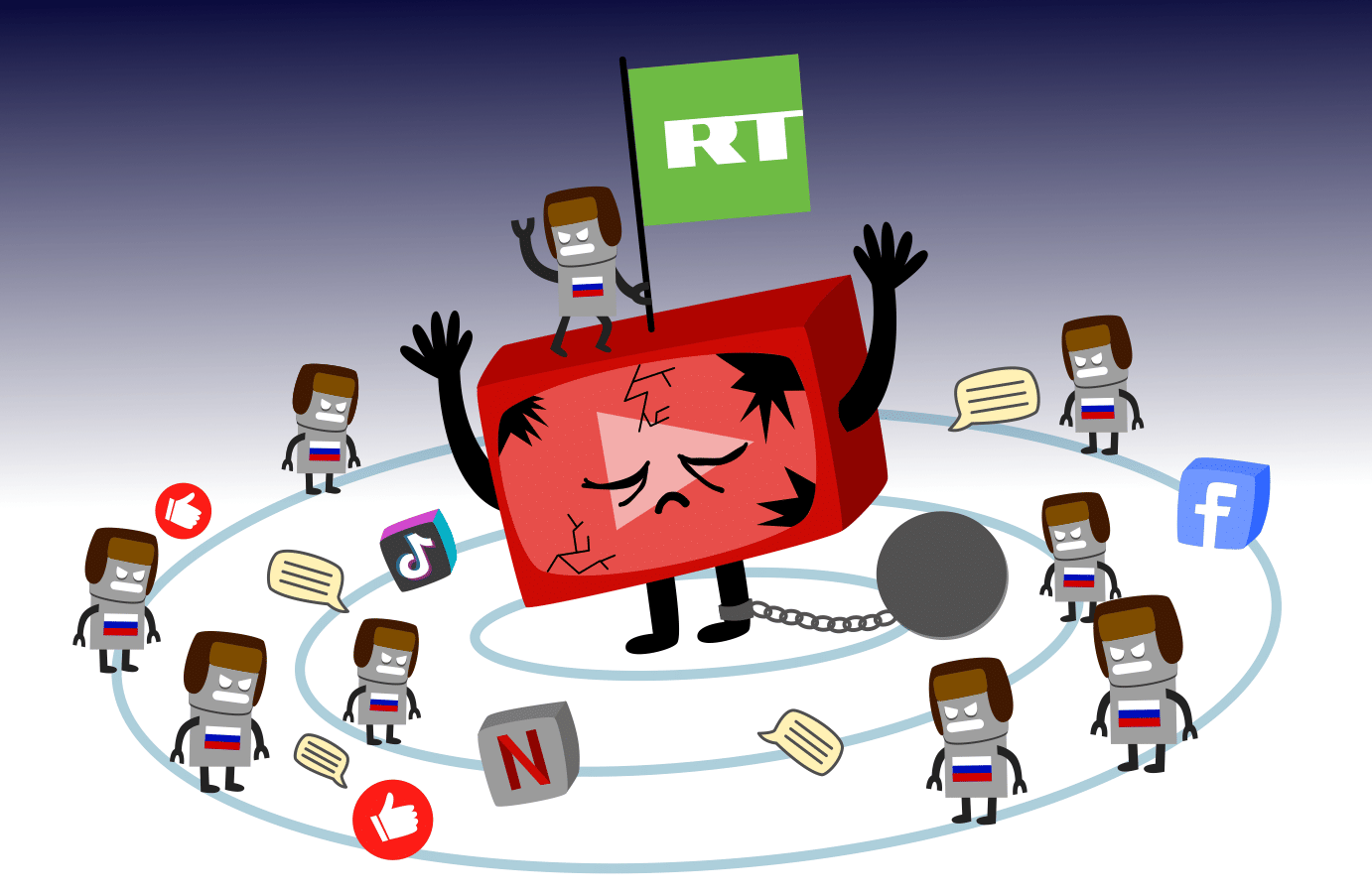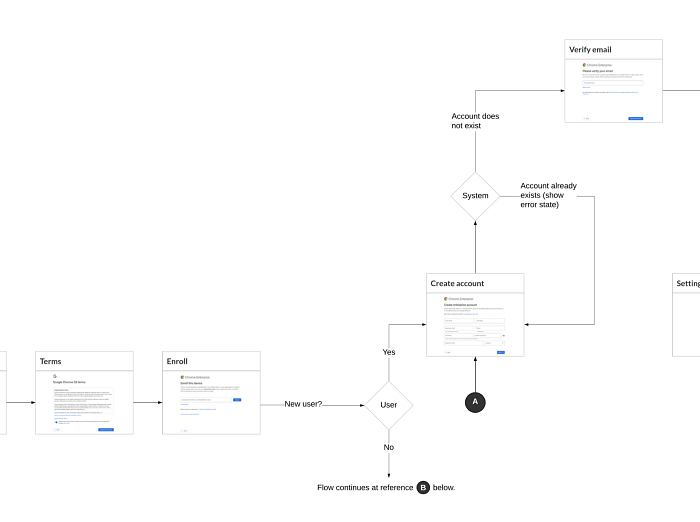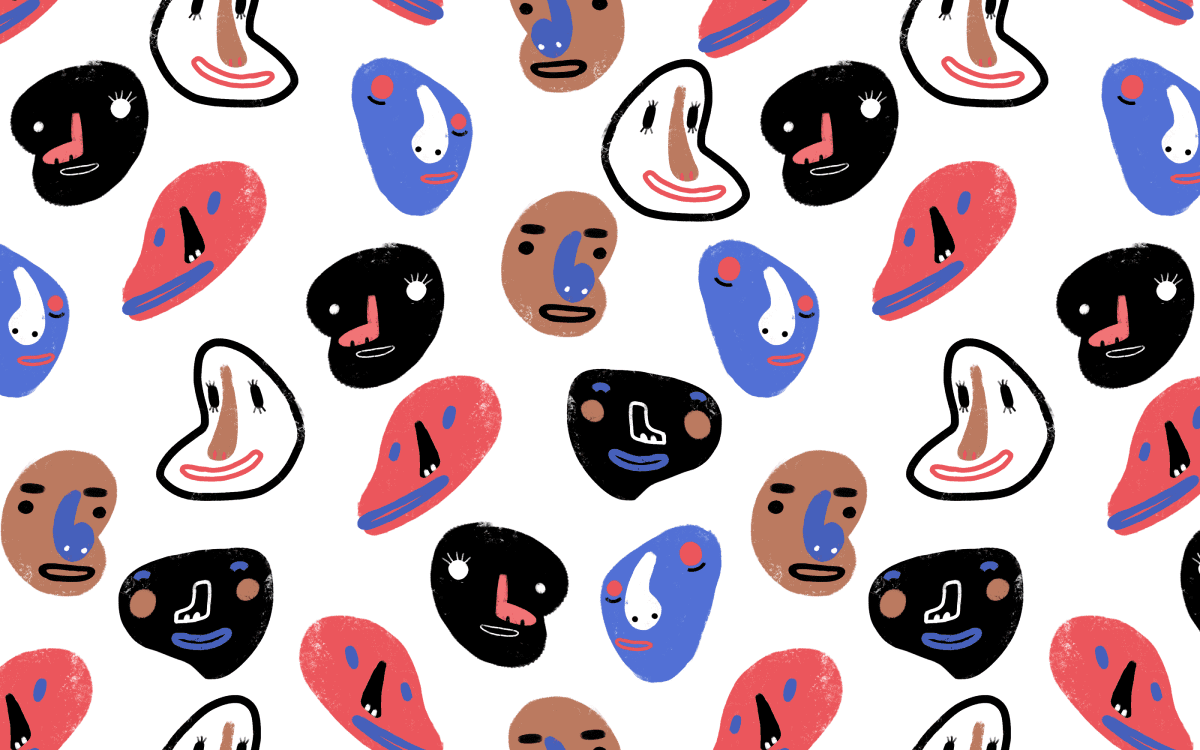It's no secret that designers constantly copy each other – to 'steal like an artist' is even a popular phrase, where we study our heroes, unpacking their process to reproduce similar styles and techniques. It's a great way to learn. We curate moodboards made up of each other's work, and borrow ideas from the apps we use, remixing them into something new – something of our own.
They took the innovations that we had created and created a poor copy of it, and just put a bigger screen around it. - Greg Joswiak, Apple.
But what are you allowed to do with other designers' material and at what point does the inspiration become plagiarism? In a community built on sharing, where platforms like Figma and Penpot facilitate the practice of Open Design with marketplaces of community-made templates and resources, it becomes very easy for people to simply find and take work without giving credit. It even happens on the biggest stages, as we recently saw with SubStack 'borrowing' work from the Open-Source blogging platform, Ghost:
Some personal news: I’m thrilled (and admittedly, somewhat surprised) to announce that as of Friday, @substack is now officially powered by @ghost!
Keep reading for an exclusive behind the scenes look at the engineering around the launch of THE TWITTER FILES PT2: 🧵— John O'Nolan 🏴☠️ (@JohnONolan) December 12, 2022
If you've ever had someone blatantly rip off your work, whether it's your words, code, or your design, you'll know that awful feeling the Ghost founder and open-source champion, John O'Nolan shares. So what are you actually allowed to do with other designers' material and how can you license your own material?
Copyright for Designers Working in the Open
We'd like to help more designers, not just protect their work, but also to figure out how to share their work safely, so this article is your big guide to copyright and open-source licenses. You might have seen Figma mentioning Creative Commons on their platform when you publish in their community, but never really spent time to understand it.
Here we’ll provide an overview of what that is, as well as all the different options for licensing design resources and material, both traditional and open source. We'll start by looking at traditional ways of protecting your work. Then we'll explain why we think you should go open source instead and finally we'll walk you through the different open-source licenses.
At the end, you'll be able to make a more informed decision about how to license your own material as well as how to use others'. The nitty-gritty of licenses isn’t the sexiest topic, but it’s truly empowering to understand the consequences of how to license your design work.
Disclaimer: It’s important for us to state that licensing is complex stuff and we’re not legal experts, so you shouldn’t use this as legal advice. We went down the open-source rabbit hole to provide an overview of your options, but you should do some research on your own before you license anything.

Letter
Protecting Your Work the Traditional Way

How to protect your work varies somewhat from country to country, but broadly speaking there are three traditional ways to protect your work: copyright, trademark, and patents. Most of the information we’ve found is a bit US-centric, so do a search in your own language to get insights into how things differ in your country.
Copyright
Any original creative work is automatically copyrighted to the creator, so although you can choose to register your copyright, you don’t have to. If you own the copyright to something, no one else is allowed to reproduce or copy it for a certain number of years. Copyright covers pretty much any original creative work that has a material form, like a painting, an article, an icon, or a piece of code. Since the material form is a requirement for copyright, you can’t copyright an entire UI design and the interaction principles it uses, only the individual tangible pieces.
Trademark
You can use trademarks to protect the things that signify your brand, such as the name, logo, and UI elements that are distinctive to your brand. It’s primarily meant to stop anyone from posing as a brand they don’t own -e.g., you’re not allowed to create a social network for image sharing called Instagrab. There’s also something called trade dress, which refers to the overall look and feel of a brand. If you want to trademark your brand, you must register it.
Patent
The two US patent types that are most relevant to UI and UX design are design and utility patents. Design patents let you protect the appearance of your design, but not it’s functionality. Utility patents are geared towards inventions and let you protect the functionality and interaction principles of a design. Both types of patents protect the inventor from anyone copying or creating something similar to a design. Patenting usually requires help from legal experts, and utility patents in particular can be expensive to obtain.
Why Traditional Property Rights Fall Short
There are unquestionable benefits to being able to protect the rights to your work. For many it’s vital to how they make their living. But there are also limitations and downsides to traditional property rights, both for individual designers and the community at large. Let's look at four limitations:
The singular purpose of traditional property rights is to protect content, and they seldom provide any straightforward formalized ways for you to share parts of your work if you wish to do so. While some parts of design work are so closely connected to a brand that it doesn’t make sense to make them open source, other parts are less important to protect. It’s nice to have an easy way to share the content that you can.
Copyright is not a very powerful protection. It only covers individual works, so it doesn’t protect your work from being closely copied by someone else. To do that you need a trademark or a patent.
Even if you own a trademark or a patent to a design, individual designers and small companies are very small fish in a very large sea. If a large corporation infringes on your design patent, they can afford to throw millions of dollars and hours after a lawsuit -you probably can’t.
Companies use patents to hinder as much as to further innovation. A company like Samsung owns more than 60.000 patents. Not because they plan to create 60.000 innovations, but because if they have the patent, no one else can create that innovative thing either. And this is pretty standard practice for large tech corporations.
“The sad reality is a patent is only as worthwhile as your willingness to defend it.” -Stephen Key in Forbes Magazine.
For many designers it’s a knee-jerk reaction to want to protect your work, and it should be -that’s how you make a living after all. But wouldn’t it be nice if we can create a sort of follow-up knee jerk reaction, which is to consider what you can share? If we consider both the consequences of protecting and sharing each part of our work when we create something, we might find that we’re able to share more than we initially thought.
Why We Like Open Source

Open source is originally a term from software development which refers to software with publicly available source-code to allow anyone with the right skills to access, modify and share it. The open-source license describes what you’re allowed to do with the material and how to attribute the creator.
Today we also use open source more broadly to describe any type of content which you can access, modify, and share freely. Opensource.com calls it the open source way:
“Approaching all aspects of life "the open source way" means expressing a willingness to share, collaborating with others in ways that are transparent (so that others can watch and join too), embracing failure as a means of improving, and expecting—even encouraging—everyone else to do the same.”
Open source is not quite as common in design as in software. In a lot of ways that makes sense, since design is closely tied to the branding of a product. However, we’d argue that it could benefit the design community if open-source resources were more widespread. You’re able to create awesome designs faster if you can build on the work of others. From a user perspective, open-source design means that great user experiences can spread to more products.
Open Design vs Open Source Design
Here at Prototypr, we talk about "open design" as well as "open-source design". Roughly speaking, we use open design broadly to refer to design processes, methods and resources which are shared with the public, but which might not be open for anyone to adapt, share or redistribute. We use open-source design specifically to refer to resources which you’re allowed to share, adapt, and redistribute, usually under certain limitations.
Let's take a look how to use open source licenses.
Open-Source Licenses

Once you’ve decided you want to make parts of your design work open source, you need to choose an open-source license. There are a lot of different licenses, so let’s look at some of the most widely used licenses for design work. Inspired by the open-source way, we use open source here to describe any type of license which you can use to share your work, under certain terms -so we also include licenses that don’t deal with source code.
Creative Commons
Creative Commons are copyright licenses that were created to provide a straightforward way to grant copyright permissions of creative work to others. There are six different licenses, with separate terms for what other people are allowed to do with the work. You can control whether others can use your work for commercial purposes, if they can adapt it, and how they are allowed to share it. They provide an overview of the different licenses and a license chooser on their website. To publish something with a Creative Commons license you simply add one of their badges to your work, either via inserting an image or through HTML code. If possible, also insert a link to the full license.
Creative Commons licenses are some the most widely used for design resources, but they can only be used for content which is protected under copyright, and they shouldn’t be used if your work has software code, because the licenses don’t state how to handle source code.
Open-Source Software Licenses
We’ve found disagreement online about whether it’s a good idea to use software licenses for design work. The advantage is that your design resources are easier to use as part of a larger open-source project if you license them with an open-source software license, because it tells people whether your license is compatible with other licenses used in the project. Open-source projects often combine open-source code and other resources from different sources, and the terms of each license need to be compatible. The disadvantage of using open-source software licenses is that they’re written specifically with software in mind, so part of the license text might be confusing or misleading if you’re not dealing with code.
To share your work using an open-source software license you must include the license text somewhere in your work, e.g., in a readme file. Some of the most widely used licenses are:
MIT License
This is one of the shortest, most permissive open-source licenses. You can do almost anything you want with MIT licensed material, including use it in proprietary work, if you include a copy of the license and attribute the creator somewhere in your material. A lot of open-source icons are licensed with the MIT license.
Apache License
The terms of Apache licensed material are similar to the MIT-license, with the addition that you must describe any significant changes you make to Apache licensed code. The description of the terms of the Apache license is comprehensive, and explicitly covers what happens if parts of Apache licensed work is patented. Most of Google’s Material Design resources are published under the Apache license.
GNU General Public License
We’ve included the GNU GPL license because it’s widely used for software, but we haven’t seen it used much for design work. GPL is a copyleft license, which means that you’re free to use, adapt, and redistribute GPL licensed material, but only if you license the adaptation under the same terms. GNU recommends to only use the license for material where it’s clear what constitutes the “source code.” They have a license version specifically for text material, GNU FDL, but as far as we know, no recommended license for any other type of material with no clear source code.
SIL Open Font License
The SIL OFL is the only example we’ve been able to find of an open-source license meant for a specific type of design resource: fonts. OFL is a permissive license, meaning you are free to use, adapt, and distribute OFL fonts, also in proprietary products. You’re not allowed to sell an OFL font by itself, it must be a part of a larger product. You must include the OFL license text with your product if you want to use an OFL font or license a font you have created. The only exception is if you use it in a document.
Which License to Choose?

We don’t have simple answer to this because it depends on what type of material you want to license and what you think people will use it for.
You should be fine with one of the Creative Commons licenses, if you want to share something that people can use as part of their design process, like a description of a method or a design process. You don’t have to worry how the license you use will work in combination with other licenses if you’re not combining your material with software.
If you want to share UI elements like icons, you could consider using one of the open-source software licenses, especially if you already know that your resource will be used in an open-source project. Which one to choose really depends on whether you want people to be able to use your resource in proprietary software projects.
Want to Learn More?
This article is our attempt to provide an overview of how you can protect your creative work as well as how to share it. As we said in our disclaimer, you probably need to do some research for yourself before you share anything and here are some good places to start:
You can get a more detailed overview of copyright, trademarks, and patents in this article.
…and a more detailed overview of open-source licenses in this article.
The Open Source Initiative and Opensource.com both has detailed information on open-source licenses and how to use them.
If you want examples of famous UI/UX design patents, this OneZero Medium article is a great place to start.
Open source design has a wealth of open-source design resources on their website.
If you want to learn more about the compatibility of the various open-source licenses, Wikipedia has a (long) article for you.






